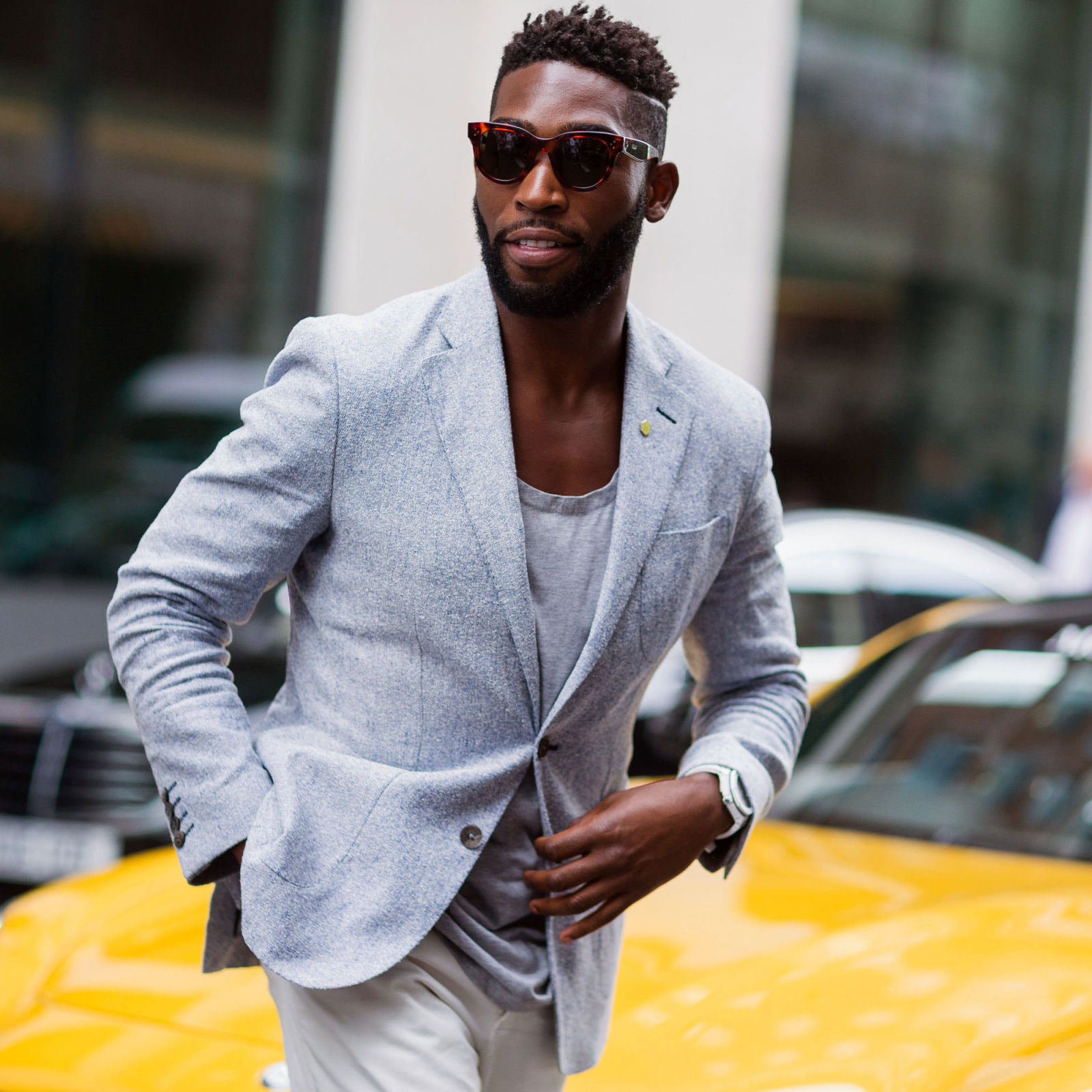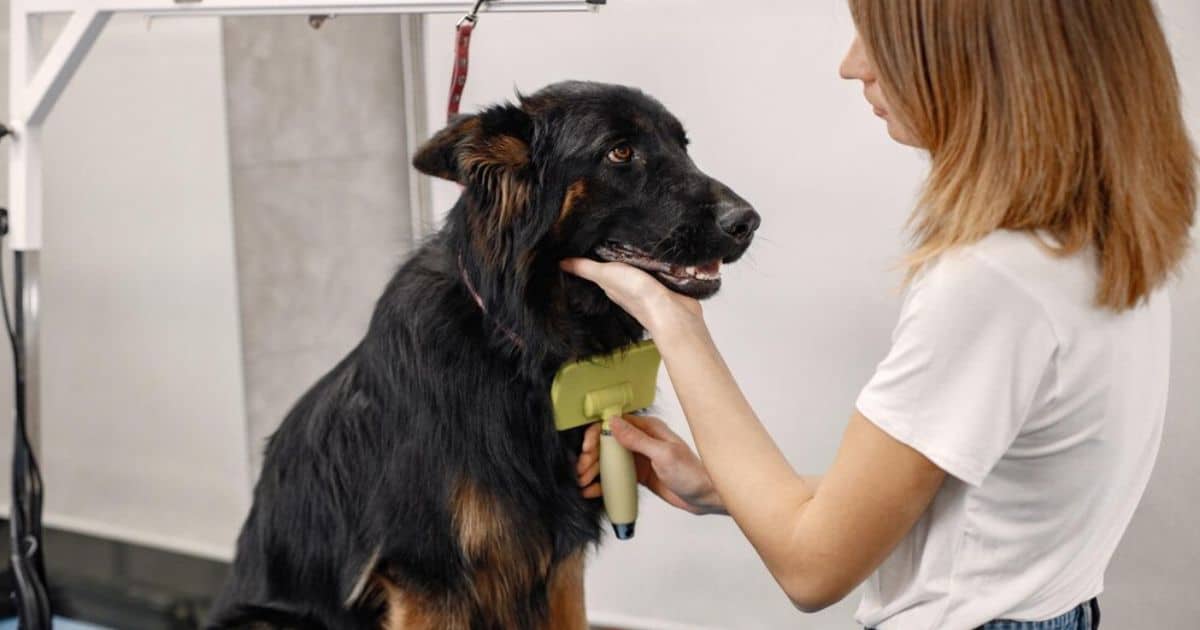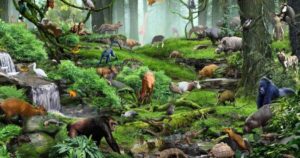Can Australian Cattle Dogs Be Shaved? Australian Cattle Dogs have a double coat that provides insulation, protecting them from both cold and heat. Shaving them is generally not recommended, as it can disrupt their natural cooling and insulation mechanisms. The undercoat helps regulate body temperature and protects against sunburn. Shaving may compromise their coat’s functionality and lead to skin issues. Regular brushing and proper grooming are preferable to maintain their coat health. Consulting with a veterinarian or professional groomer can provide personalized advice based on the individual dog’s needs.
Unlocking the furry mystery: Can Australian Cattle Dogs be shaved? Delve into the world of canine care as we unveil the secrets behind grooming these energetic companions. Discover the dos and don’ts, ensuring your furry friend stays cool and healthy in every season.
Do Cattle Dogs Have A Double Coat?
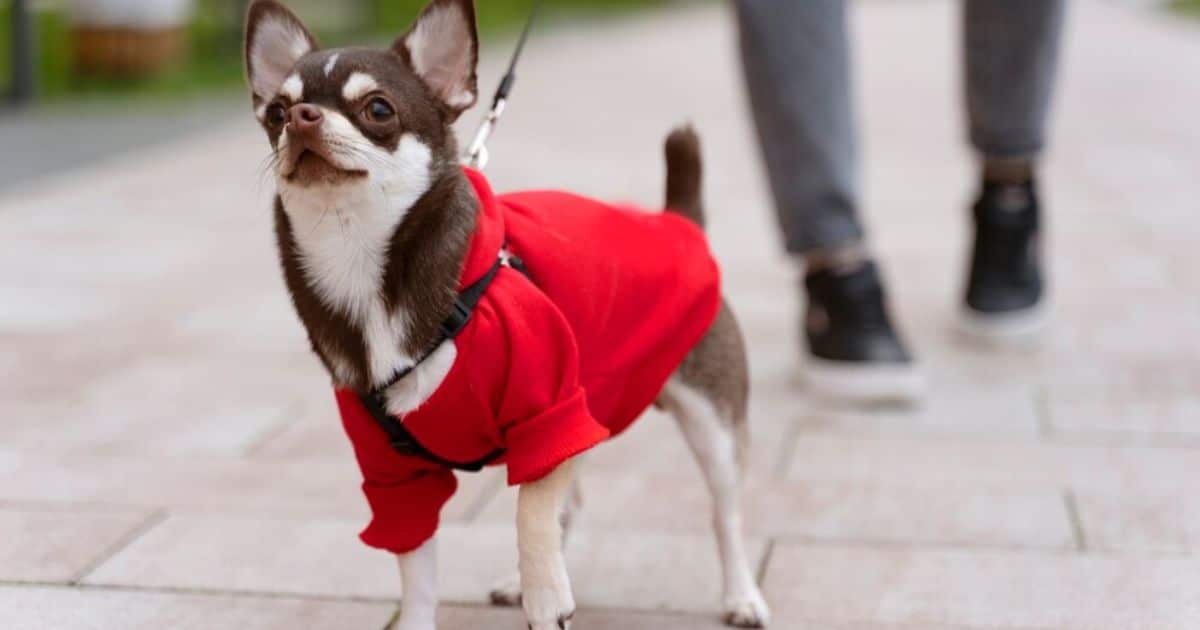
Yes, Australian Cattle Dogs have a double-layered coat well-equipped for their original herding purposes across harsh ranch landscapes. Their outer layer comprises longer, thicker guard hairs that resist wind, dirt and brambles. An insulating undercoat of fine, dense hairs traps body heat while repelling water/debris. This combination survives outdoor temperature extremes from sun to snow.
Through the neck ruff, mane and rear britches, the double-coat concentrates for protection against nips from unruly cattle. Overall the coat dually serves shielding Cattle Dogs against environmental damage and injury risks in grueling ranch work enabling heat regulation across seasons. Their distinctive salt-and-pepper or red-speckled coats deliver lasting functionality beyond flashy looks.
Should I Groom My Australian Cattle Dog?
Checking ears, teeth, nails and skin folds for debris buildup is advised too. But involved beauty regimens like elaborate haircuts, intensive brushing or frequent bathing damages their coat’s integrity. Stick to simple brushing and bathing only when dirty to retain natural weatherproofing oils vital to repelling dirt/moisture properly in this no-fuss breed.
Why You Shouldn’t Shave Or Trim A Double-Coated Dog
Shaving or closely trimming the protective double-coat of weather-resistant breeds like Australian Cattle Dogs disrupts their temperate self-regulation crucial to health. Removing the insulating coat via shearing compromises body temperature stability. Dogs struggle regulating heat by trapping warmed air near skin in cold weather once shorn. The coat also shields skin from burning UV sunlight that damages superficial blood vessels when suddenly exposed.
Hair follicles rely on longer guard coat hairs to guide regrowth properly as well. Sudden coat changes also mess with equilibrium as sensory input from the environment alters. Finally the choppy texture left post-shaving can irritate sensitive areas. Avoid shaving double-coated dogs like Cattle Dogs unless medically necessary.
What Is The Best Way To Groom An Australian Cattle Dog?
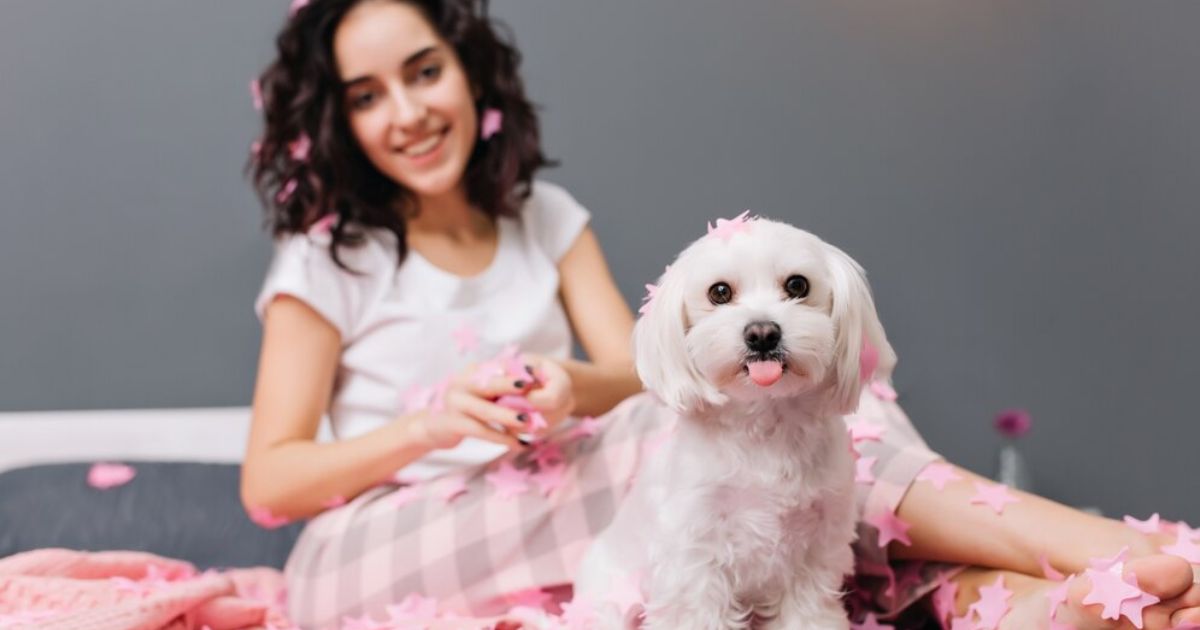
To properly groom Australian Cattle Dog coats while preserving their innate weatherproof properties, focus brushing on distributing skin oils coating hair shafts for water resistance. Use an all-metal comb starting against the grain to lift dirt while fluffing the insulating undercoat monthly, more often during heavy seasonal shedding. Follow grain direction with a short-nail shedding blade to unify topcoat guard hairs, removing excess dead hairs.
Avoid damaging bare skin brushing. Only bathe occasionally with gentle dog shampoos to minimize stripping protective oils. For tidier feet, trim excess fur between paw pads. Never shear the coat as this destroys their unique heat/cold resilience provided by the specialized double-layer. Simple gentle brushing enhances the coat’s functionality.
Can You Shave An Australian Shepherd
Like their herding breed cousin the Australian Cattle Dog, shaving Australian Shepherd’s distinct dense double-coats is highly inadvisable. Removing their protective top layer of longer, texturized guard hairs and plush undercoat seriously impairs innate temperature regulation. Dogs struggle to stay warm lacking a buffer warming trapped air near the skin in cold climates.
Conversely the coat shields skin from burning direct summer sun exposure that risks overheating and sunburn without that protection. Hair follicles rely on longer coat hairs to guide proper regrowth as well. Losing this process creates uneven choppy regrowth prone to matting and requiring re-trimming perpetually. Avoid shaving except ONLY for surgical areas that must stay visible for procedures. Otherwise preserve the coat intact.
Australian Cattle Dog Grooming
- To properly groom Australian Cattle Dog’s signature weather-resistant double-coat at home:
- Brush weekly using an all-metal shedding comb working with coat growth patterns
- Lift out loose hairs and distribute skin oils coating hair shafts
- Follow against the grain first, then back direction
- Use a de-shedder secondarily to pull more dead hairs without irritating skin
- Only bathe every 2-3 months with gentle dog shampoos to retain natural oils
- Use moisturizing conditioner/rinses if bathing more frequently
- Trim fur between foot pads if excess growth gets unhygienic
Avoid cutting, thinning or shaving down their specialized double-coat. Simple regular brushing removes dirt and loose hair preventing matting or excessive shedding. Keep bathing infrequent to maintain the coat’s protective qualities benefitting Australian Cattle Dogs outdoors.
Best Haircuts For Double Coated Dog Breeds

Grooming double coated dog breeds like Australian Cattle Dogs requires respecting their specialized fur built for temperance and weatherproofing. Avoid shaving down to the skin or tightly trimming dense hair growth entirely meant to repel water/dirt and stabilize temperatures. Instead focus simple grooming on maximizing coat functionality:
- Brush weekly to lift dirt and distribute moisture-resistant skin oils from roots along shafts
- Comb first against, then with fur growth patterns
- Remove excess loose undercoat hairs with shedding tool
- Only trim visibly unruly stray hairs around feet for cleanliness/safety
- Taper overly bushy feathers gently for neatness, not heavy thinning
Keeping careful haircuts simple enhances the innate protective quality of the coat. Avoid radical shaving or cuts misaligned with growth direction interfering with insulation and regeneration. Doing less helps these dogs do their rugged jobs best.
The Potential Risks and Benefits of Shaving an Australian Cattle Dog
Risks of Shaving
Damage to the Coat and Skin
- Alteration of Natural Insulation
- Risk of Cuts or Irritation
- Long-term Impact on Coat Health
Increased Sun Exposure
- Lack of UV Protection
- Potential for Sunburn
- Impact on Skin Health
Overheating Risks
- Impaired Thermoregulation
- Stress on the Dog’s Body
- Effects on Overall Health
Ingrown Hairs and Irritation
- Potential for Ingrown Hairs
- Skin Irritation and Itching
- Inflammatory Responses
Benefits of Shaving
Temporary Relief from Shedding/Dander
- Minimized Shedding in the Short Term
- Reduced Allergens in the Environment
- Improved Indoor Cleanliness
Cooling Off in Extreme Heat
- Enhanced Heat Dissipation
- Comfort in High-Temperature Environments
- Prevention of Heat-related Issues
Better Visibility for Medical Procedures
- Facilitation of Skin Inspection
- Easier Application of Topical Treatments
- Improved Access for Veterinary Care
Related Post : What Dog Breeds Have White Nails?
Conclusion
In conclusion, shaving Australian Cattle Dogs is generally discouraged due to the potential harm it can cause to their natural insulation and cooling mechanisms. The breed’s double coat plays a crucial role in regulating body temperature, protecting against both cold and heat. Shaving may compromise these functions, leading to skin issues and discomfort for the dog. It is recommended to focus on regular grooming and brushing to maintain the coat’s health and functionality. Seeking guidance from veterinarians or professional groomers ensures a tailored approach to each dog’s specific needs, promoting their overall well-being and preserving the integrity of their coat.
